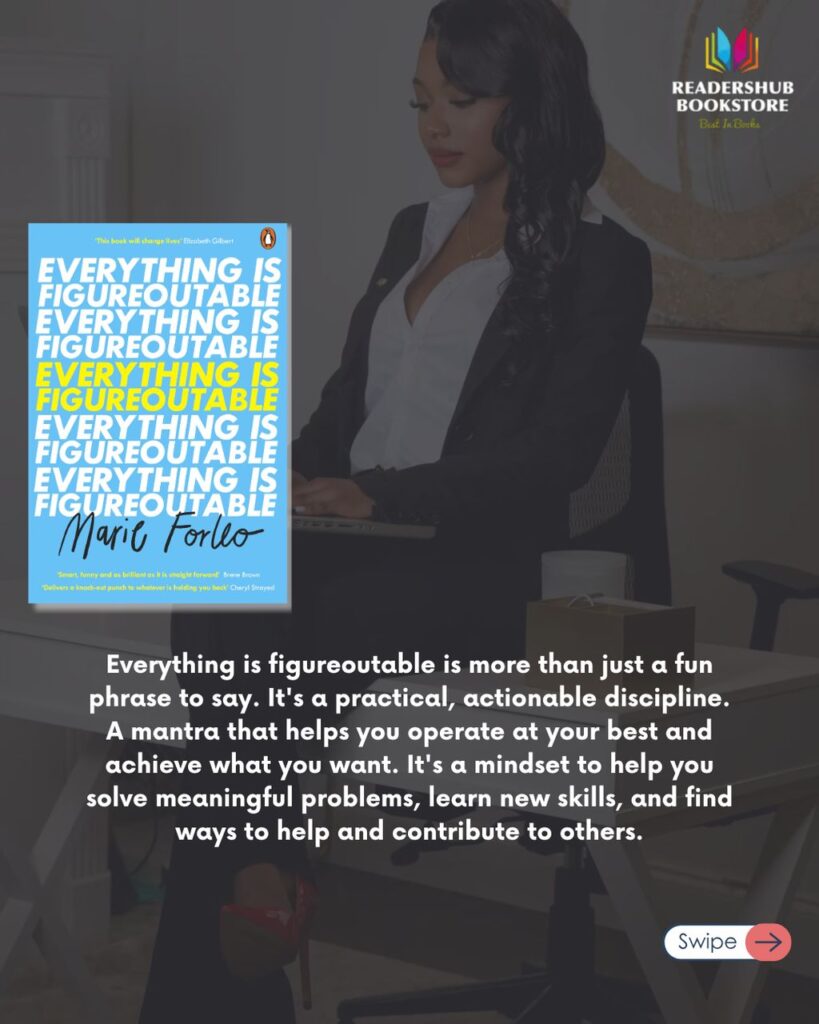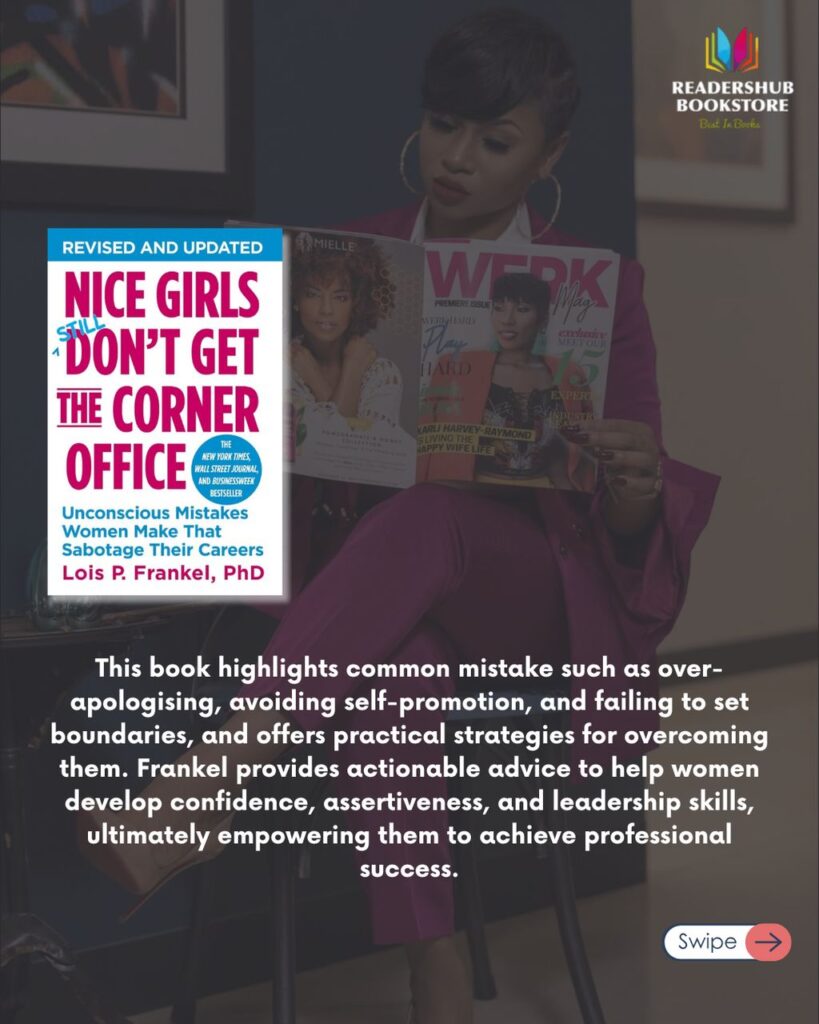In an era where an increasing number of women are starting their own businesses while balancing the responsibilities of motherhood, the term “mompreneur” has become more prevalent than ever. As a mompreneur, it is essential to not only focus on the growth and success of your business but also prioritize the long-term financial security of your family. This article aims to highlight the significance of financial planning for mompreneurs and provide valuable insights into securing your family’s future. By understanding and implementing effective financial strategies, you can navigate the unique challenges of entrepreneurship while safeguarding your family’s financial well-being.
Understanding the Unique Financial Challenges Faced by Mompreneurs
Being a mompreneur is no easy feat. You’ve taken on the role of both a mom and an entrepreneur, which means you’re juggling bottles and business plans at the same time. With so much on your plate, it’s easy to put financial planning on the back burner. But here’s the thing: securing your family’s future is just as important as figuring out the best way to sneak vegetables into your kids’ meals.
As a mompreneur, you face unique financial challenges. You may have irregular income, have to deal with the costs of running a business, and have to balance your family’s needs with your business’s financial demands. This calls for a special kind of financial planning that takes into account your dual roles and helps you navigate the complexities of managing your money.
In this article, we’ll explore the importance of financial planning for mompreneurs and dive into the steps you can take to secure your family’s future while rocking your entrepreneurial journey.
2. Assessing Your Current Financial Situation
Calculating Your Personal Net Worth
Before you can plan for the future, it’s essential to assess your current financial situation. Start by calculating your personal net worth. Don’t worry; you don’t need a degree in mathematics to do this.
Your net worth is simply the difference between your assets (what you own, like savings, investments, and property) and your liabilities (what you owe, like credit card debt or loans). It gives you a snapshot of where you stand financially.
Evaluating Your Current Income and Expenses
Next, it’s time to take a closer look at your income and expenses. As a mompreneur, your income may not be as predictable or consistent as a traditional job. That’s why it’s crucial to evaluate your earning potential realistically. Consider both your business income and any other sources of income you have, like investments or rental property.
On the expense side, track your spending for a few months to get a clear picture of where your money is going. Look for areas where you can cut back or optimize your spending to free up cash for your family’s future.
3. Setting Financial Goals and Priorities for Your Family
Identifying Short-term and Long-term Financial Goals
Now that you have a handle on your current financial situation, it’s time to set some goals. Think about what you want to achieve in the short term and long term. Short-term goals could be saving for a family vacation or paying off credit card debt. Long-term goals might include funding your children’s education or building a retirement nest egg.
Remember, financial goals should be specific, measurable, achievable, relevant, and time-bound (SMART). This way, you can track your progress and celebrate milestones along the way.
Defining Priorities for Your Family’s Financial Security
While it would be nice to tackle all your financial goals simultaneously, it’s essential to prioritize. Take into account your family’s unique needs and circumstances. For example, if you have young children, ensuring their education and well-being may be a top priority. If retirement is on the horizon, focusing on building a retirement fund might be key.
By defining your priorities, you can direct your financial efforts towards what matters most, giving you peace of mind that your family’s financial security is in good hands.
4. Creating a Budget and Managing Cash Flow
Developing a Realistic Family Budget
Ah, the “B” word – budget. But before you run for the hills, let’s reframe it. Creating a budget is like giving your money a roadmap – it tells you where to go and what to do. And who doesn’t like a good road trip?
Start by listing all your income sources and then allocate your funds to different categories, such as housing, transportation, groceries, and savings. Be sure to include a category for unexpected expenses because life has a knack for throwing curveballs.
The key to making your budget work is to keep it realistic. Sure, cutting back on takeout might sound good in theory, but if it’s not sustainable for your family, it’s okay to allocate some funds for dining out. Balance is the name of the game.
Tracking and Controlling Your Cash Flow
Creating a budget is just the beginning. To achieve financial success, you need to track and control your cash flow. Keep an eye on your income and expenses, and make adjustments as needed.
Consider using technology to help you stay organized. There are plenty of budgeting apps available that can assist you in monitoring your cash flow and keeping you on track. Plus, they make you feel tech-savvy, and who doesn’t love that?
So, mompreneurs, grab your calculators and get ready for some financial planning fun. By understanding your unique challenges, assessing your situation, setting goals, creating a budget, and managing your cash flow, you’ll be well on your way to securing your family’s future. And remember, a little bit of financial planning goes a long way, just like nap time for moms.
5. Investing in Your Family’s Future: Saving for Education and Retirement
Understanding the Importance of Education and Retirement Savings
When you’re a mompreneur, it’s essential to think beyond the present and plan for the future. Two significant aspects of securing your family’s future are saving for education and retirement. Education is an investment in your children’s future, providing them with opportunities and a solid foundation. Retirement savings, on the other hand, ensure that you can enjoy your golden years without financial stress.
Exploring Different Investment Options
When it comes to saving for education and retirement, there are various investment options available. For education savings, consider setting up a 529 plan, which offers tax advantages and flexibility. Another option is a Coverdell Education Savings Account (ESA), which allows for tax-free growth when used for qualified educational expenses.
When it comes to retirement savings, start by maxing out contributions to your Individual Retirement Account (IRA) or 401(k). These accounts offer tax benefits and can help you build a nest egg for your retirement. Additionally, consider diversifying your investments by exploring other avenues such as mutual funds, stocks, or real estate. Remember, investing is a long-term game, so research and consult with professionals to make informed decisions.
6. Protecting Your Family and Business: Insurance and Legal Considerations
Assessing Your Insurance Needs
As a mompreneur, it’s crucial to protect both your family and your business. Assessing your insurance needs is an essential step in safeguarding your assets and minimizing potential risks. Consider acquiring health insurance, life insurance, and disability insurance to protect yourself and your family in case of unexpected events. Additionally, explore options for business insurance, such as general liability insurance and professional indemnity insurance, to shield your business from potential legal and financial liabilities.
Legal Structures for Protecting Your Family and Assets
Choosing the right legal structure for your business can provide additional protection for your family and assets. Consider consulting with an attorney or a legal professional to explore options like forming a limited liability company (LLC) or incorporating your business. These structures can help separate your personal and business liabilities, ensuring that your family’s assets remain protected.
7. Seeking Professional Guidance: Working with Financial Advisors
The Benefits of Working with a Financial Advisor
Navigating the world of finance can be overwhelming, especially when you have a family and a business to manage. That’s where a financial advisor comes in. Working with a financial advisor can provide you with valuable insights, personalized advice, and a tailored financial plan that aligns with your goals. They can help you make informed decisions, optimize your investments, and ensure that you’re on track to meet your financial objectives.
Choosing the Right Financial Advisor for Your Needs
When choosing a financial advisor, it’s essential to find someone who understands the unique challenges and opportunities faced by mompreneurs. Look for someone who has experience working with small business owners and families, and who aligns with your values and goals. Consider interviewing multiple advisors, asking for referrals, and reading reviews to find the right fit. Remember, this is your financial future we’re talking about, so take your time and choose wisely.In conclusion, as a mompreneur, taking control of your family’s financial future is crucial. By assessing your current financial situation, setting goals, creating a budget, investing wisely, and protecting your family and business, you can build a strong foundation for long-term financial stability. Additionally, seeking professional guidance from financial advisors can provide valuable insights and expertise tailored to your specific needs. Remember, financial planning is not a one-time task but an ongoing process that requires regular assessment and adjustments. With dedication and strategic planning, you can ensure a secure and prosperous future for both your business and your family.
FAQ
1. Why is financial planning important for mompreneurs?
Financial planning is vital for mompreneurs because it helps ensure the long-term financial security of both their business and their family. By having a clear understanding of their current financial situation, setting goals, and implementing effective strategies, mompreneurs can make informed decisions, manage cash flow, and protect their family’s future.
2. How can I balance the financial needs of my business and my family?
Balancing the financial needs of your business and your family requires careful planning and prioritization. It’s crucial to create a realistic budget that accounts for both personal and business expenses. By allocating resources based on priority, seeking efficiency, and exploring different income streams or cost-saving measures, you can strike a balance that supports both aspects of your life.
3. What are some tax planning strategies specifically tailored for mompreneurs?
Mompreneurs can take advantage of various tax planning strategies to optimize their financial situation. These strategies may include maximizing deductions related to home office expenses, childcare expenses, and health insurance premiums. Additionally, setting up a retirement plan for both yourself and your employees can offer tax advantages while securing your future.
4. When should I consider seeking professional financial advice?
While it is possible to handle your financial planning as a mompreneur independently, there may come a time when seeking professional guidance becomes beneficial. Consider consulting a financial advisor when you need expert assistance in areas such as investment planning, tax optimization, or insurance strategies. A financial advisor can provide personalized advice tailored to your specific needs and goals, helping you make informed decisions and navigate complex financial matters with confidence.










































































